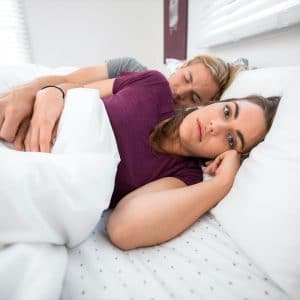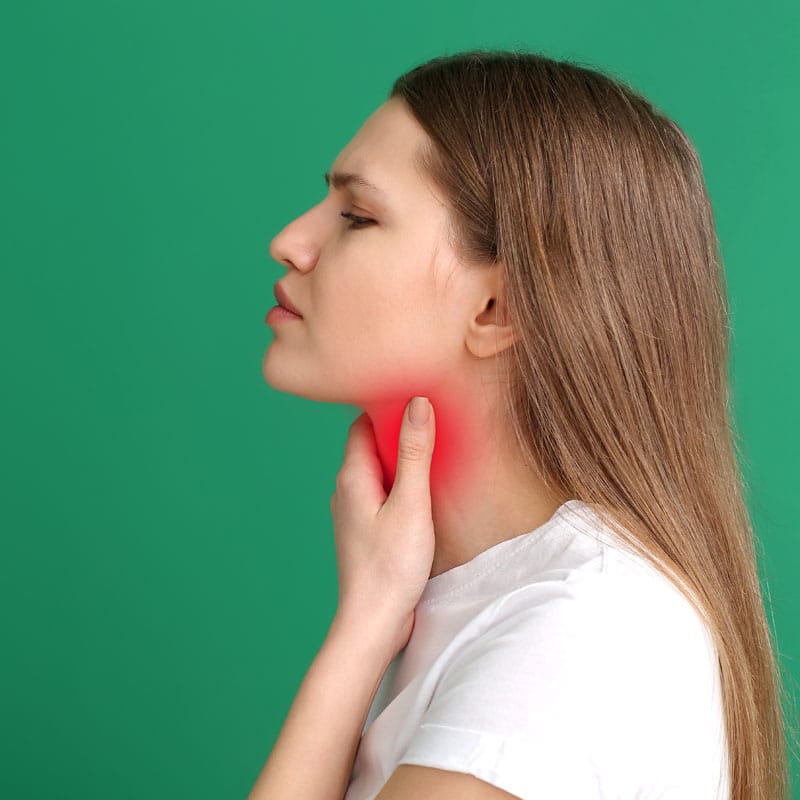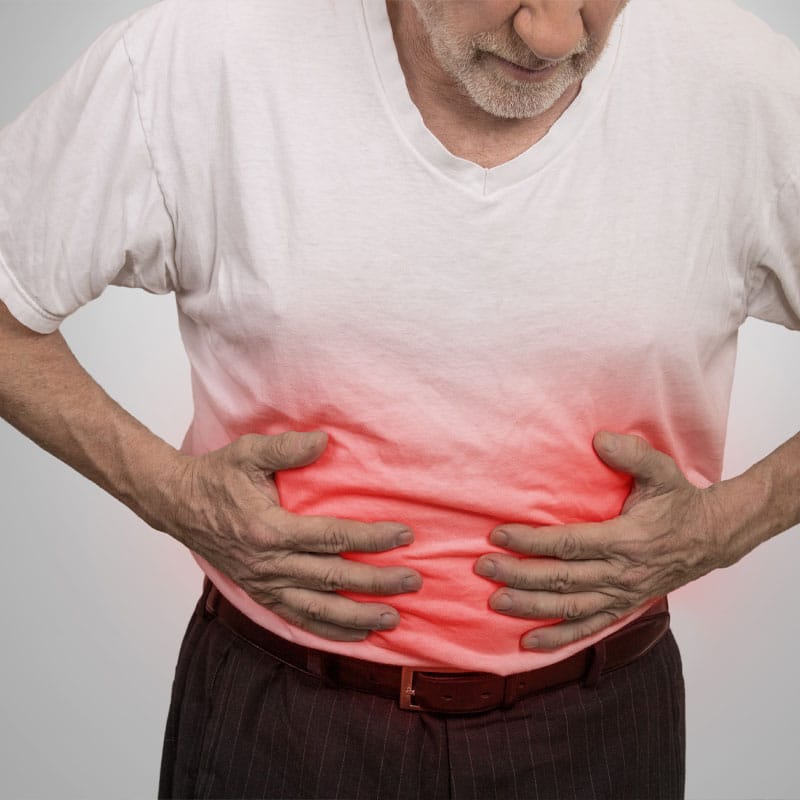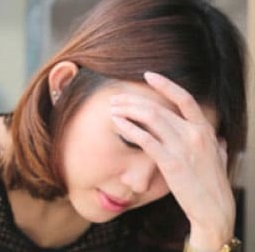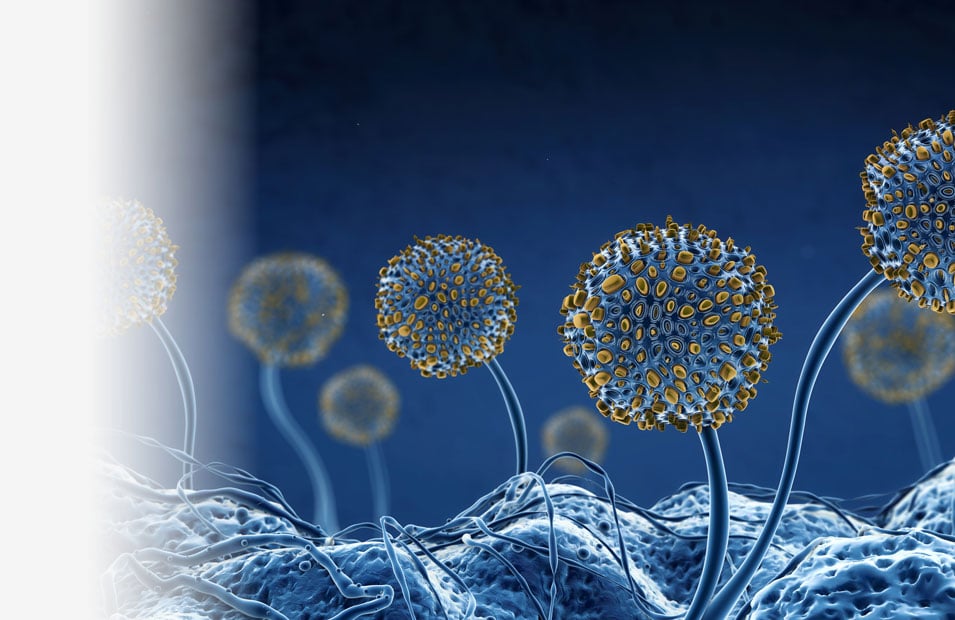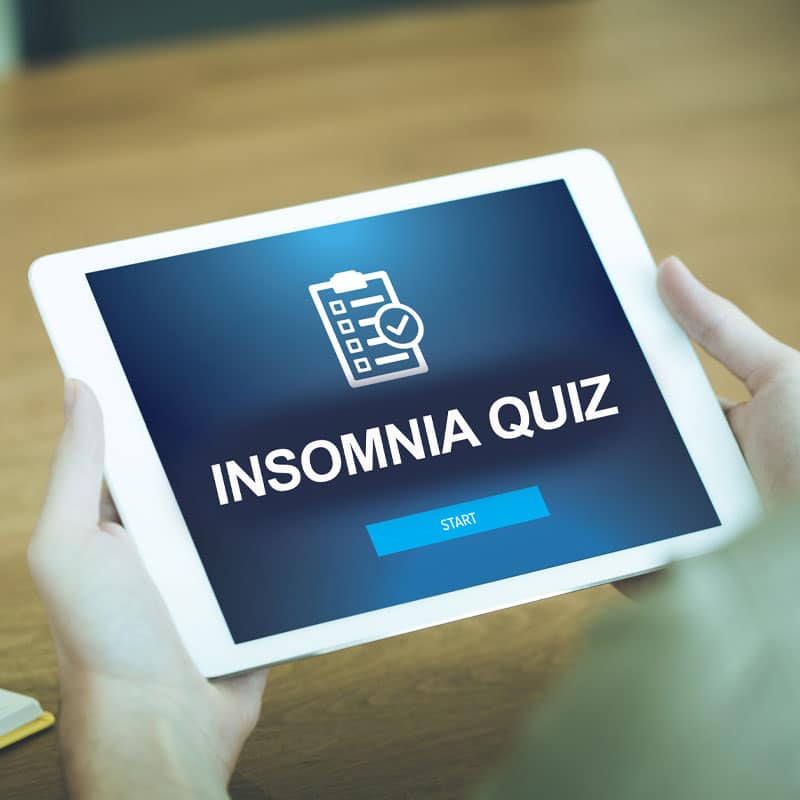Origins of Homeopathic Medicine
Homeopathic Medicine is based on the findings of Samuel Hahnemann. Hahnemann was a German physician who lived from 1755 until 1843. During his career, Hahnemann began to take a regular dose of cinchona. After taking this, he began to have mild symptoms of malaria. Hahnemann determined that if a patient is suffering from an illness, he can be given a medicine that would produce similar, yet milder symptoms in a healthy adult.
He used a process called proving to help compile a list of appropriate remedies based on the
In 1812, Typhus was killing thousands. Hahnemann armed with his homeopathic medicines, treated 180 typhus patients. Out of those patients, only two died. He continued working on his theories throughout his life. In 1831, cholera broke out in Europe. He used his protocols to treat cholera. The mortality rate of cholera using conventional treatment methods was more than 50 percent while the mortality rate using homeopathic treatment methods was between 2 and 20 percent.
Dr. Lund was a Danish student of Hahnemann who then trained Dr. Hans Burch Gram. Dr. Gram brought this complementary medicine to New York City in 1825 and opened the first homeopathic practice in the New World. The success of this branch of medicine spurred the formation of the American Institute of Homeopathy in 1844. Since then, Homeopathic Medicine has gained federal recognition, including the 1938 Food, Drug and Cosmetic Act, the Medicare Act of 1965 and the 1987 FDA Compliance Policy Guidelines.
Principles of Homeopathy
Homeopathic Medicine follows three principles – Likes Cure Likes, Minimum Dose, and Single Remedy.
The first principle of Likes Cure Likes assumes the symptoms are the body’s way to overcome an illness. Practitioners using this principle believe that if a particular ingredient or substance causes a symptom to occur in a healthy person, giving a minute amount of the substance may help cure an illness in an unhealthy person. This Minimum Dose, known as a homeopathic dose, is the second principle. It stimulates a healing response such as inflammation to enhance the body’s self-regulatory and healing processes.
Finally, the third principle is the Single Remedy approach. Homeopathic Medicine normally utilizes only one remedy at a time. This principle seeks to stimulate the body’s natural healing mechanisms. Homeopathic medicine believes that giving two or more medicines can cancel out the response of a particular medicine. The interactions between more than one remedy are not known and can have a negative impact on the body. Additionally, using more than one medicine can make it impossible to determine which remedy is having a positive effect on the body.
Call us today and learn more about how homeopathy can help you and your entire family.







